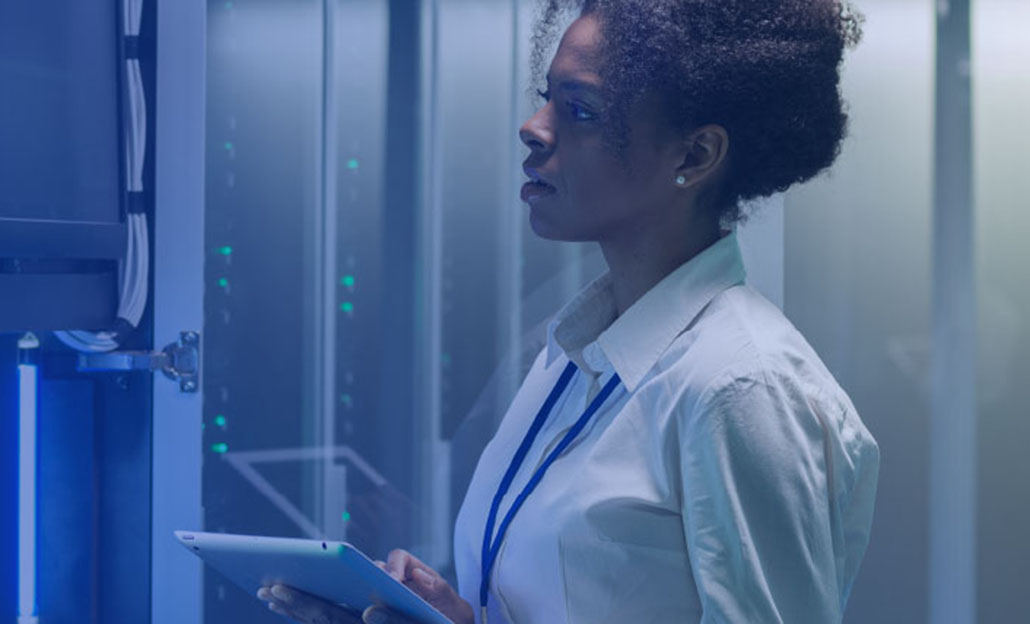Blog / News
- HOME
- About
- Blog / News

by Kelly McClure, Vice President of Global Marketing
The TmaxSoft top 7 tech trends for 2021 makes it clear: 2020 turbocharged digital transformation in every industry. So many things had to go online at once. Companies were suddenly having to figure out how to digitalize in weeks or months. Some businesses jumped right in because they were already headed that way. Others found themselves coming up with solutions on the fly and faster than they thought. So, what’s the way forward now?
The answer is to embrace the 7 tech trends. Embedding them in your company’s digital DNA will deliver positive, long-lasting business outcomes and advantages. The process requires a firm foundation—which is the modernization of your IT on a modern cloud infrastructure that supports business agility and innovation. Our series of blogs based on the top 7 trends shows you how modernization goes hand-in-hand with each. We have already tackled customer experience (CX), data integration, digital culture, and digital innovation. This article is about the fifth trend—the composable enterprise.
Mission not impossible: What is the composable enterprise?
Last year, we had to deliver personalization, connected digital experiences, on-demand everything, voice technology, artificial intelligence, and new business models at a pace once unthinkable. If your organization found it difficult to keep up, you are not alone. IDG reports that just 7% of organizations have fully implemented a digital-first approach to business. In addition, just 37% of organizations say they are fully capable of supporting a digital business strategy long-term.
So, is all the talk of rapid digital transformation crazy? Are we all dreaming the impossible dream? No, says Gartner. In fact, the time has never been more right for it. The secret is to transform into a composable enterprise, which Gartner describes “as an organization that can innovate and adapt to changing business needs through the assembly and combination of packaged business capabilities.”[1]
The composable enterprise is a 180-degree turn from the traditional method of choosing technology to increase efficiency and adding to it as new solutions are released from a few chosen vendors. The composable enterprise relies on a hyper selective technology acquisition approach. You pick and choose between a wide range of tools to stay ahead of competitors and satisfy clients. The business gets to compose architecture with IT through “as-a-service” subscriptions and cloud solutions.
Becoming a composable enterprise offers many benefits. It delivers a reliable IT infrastructure. You have flexible access to data and applications. Mindless, repetitive, and time-consuming tasks are eliminated by automation. Your DevOps and capex costs are lower. Best of all, digital transformation is faster and less complex.
Compose yourself: Modernization is key
Composable enterprises require a flexible, scalable, and agile cloud infrastructure. And because important data and transactions reside in legacy applications, it means finding a way to get them on that infrastructure. The last thing you need is to try to rewrite them in more modern languages or go through the complex task of developing APIs that connect to them.
The cloud is where composable enterprises live. Therefore, to become a composable enterprise, you start by moving existing applications to a cloud-based environment with no reformatting, code changes or user impact. Once in this environment, they run as-is, but you also have the option of rearchitecting them to fit your new needs.
While that migration is occurring, or afterwards, you can move mainframe data to the cloud and implement an RDBMS with the architecture for a reliable, high-performance database. Your data resides in an isolated database tier that supports industry-standard SQL databases and a database management system that delivers data that digital innovation projects need while enabling agility and flexibility. APIs available from different sources inside or outside IT can easily access that data and connect it to new applications.
Ready to become the enterprise of the future?
Two TmaxSoft products, OpenFrame and Tibero, can provide the legacy modernization platform and RDBMS that enable you to cast off the technology strategies of yesterday. Learn how to become the agile, flexible, innovative, and digital-first enterprise needed to thrive in the new business world. Learn more about how you can become the enterprise of the future by reading our eBook on proven modernization strategies.
[1] Gartner, Inc. “Future of Applications: Delivering the Composable Enterprise.” February 11, 2020. Dennis Gaughan, Yefim Natis, Gene Alvarez, Mark O'Neill
Gartner research publications consist of the opinions of Gartner's research organization and should not be construed as statements of fact. Gartner disclaims all warranties, expressed or implied, with respect to this research, including any warranties of merchantability or fitness for a particular purpose.
About Kelly McClure
Kelly McClure is the Vice President of Global Marketing for TmaxSoft. Her 20-year marketing career spans both Fortune 1000 companies and fast growth technology startups. Kelly is responsible for leading TmaxSoft’s marketing strategy. She is experienced in aligning marketing and sales, building relevant content and messaging and developing integrated lead generation campaigns. Before joining TmaxSoft, Kelly served as the Vice President of Marketing for 10th Magnitude and held senior marketing roles with DataStax, BMC Software and Micro Focus. Kelly has a bachelor’s degree from Purdue University and an MBA from Loyola University Chicago.